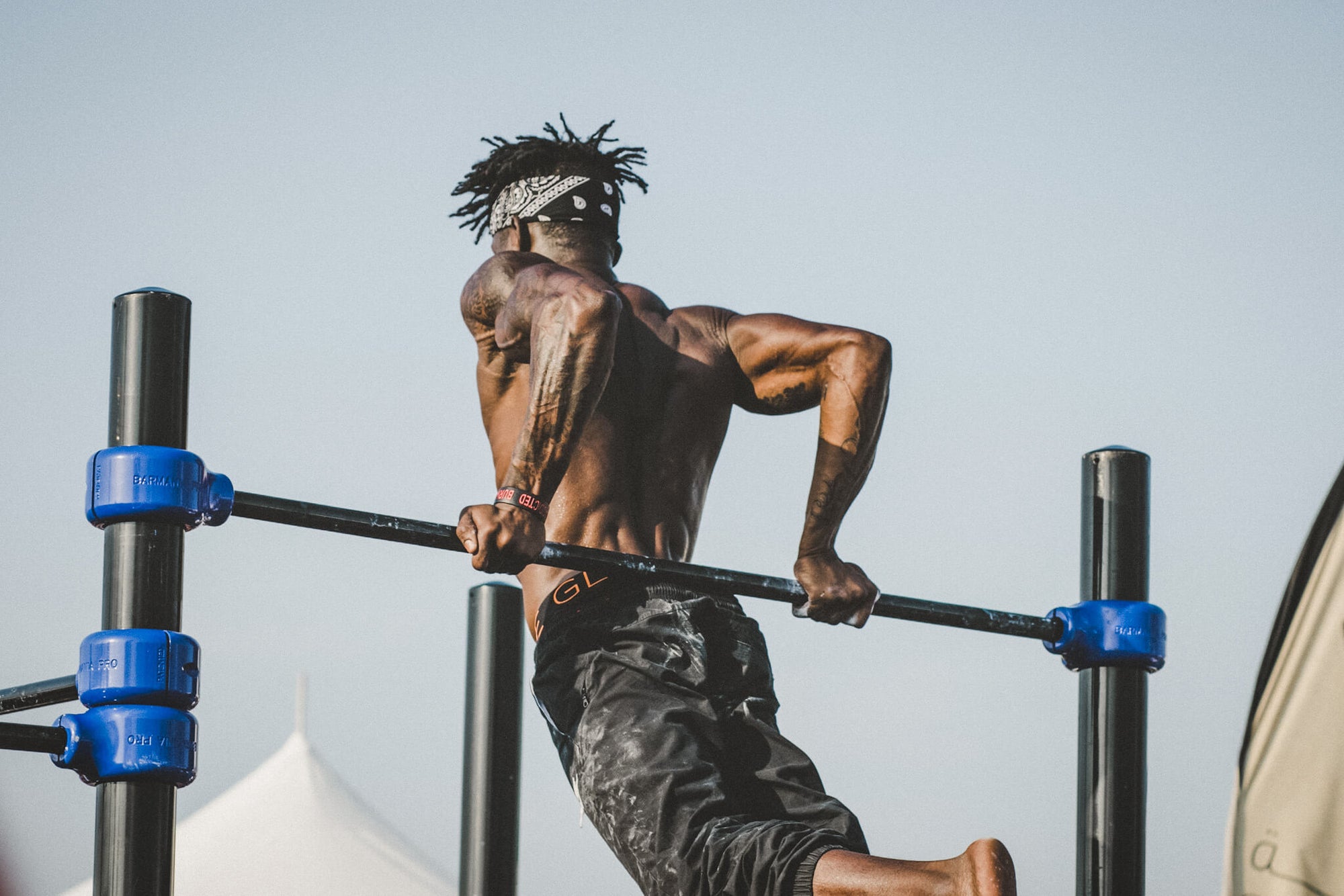When you’re sore the day after a hard workout, it makes sense you’re happy your effort has had an impact on your body. If you’re looking to make muscle gains, it’s truly a no pain, no gain situation.
But have you ever wondered about the mechanism behind what causes your muscles to become inflamed and sore, and if you’re dealing with it in the best way? Muscle inflammation is crucial to your fitness journey, but too much of it can knock you off track. Here, we investigate what inflammation is and why it’s both crucial and detrimental to muscle growth.
What is muscle inflammation?
This one’s fairly simple - inflammation is an immune system response to tissue damage, and its purpose is to remove any cellular debris from the location where the damage occurred and initiate tissue repair.
Firstly, blood accumulates at the damage site, causing the symptoms of swelling, stiffness and heat. Secondly, white blood cells called neutrophils flock to the area and absorb the debris of the cells which are damaged. The last stage is when cells called macrophages migrate to the site to complete the clean-up process and stimulate the regeneration of tissue.
Inflammation helps muscle growth
Inflammation is important and probably even essential for gaining muscle mass. Several studies point to some of the mechanisms that regulate muscle growth relying on inflammation to be effective. It also plays a critical role in muscle repair. Every workout causes microscopic damage to your muscle fibres and the inflammation process repairs this during your recovery period, which lasts around 48 hours after you finish your workout. Inflammation also promotes bodily adaptations such as satellite cell proliferation, which is an essential step in developing larger and stronger muscle fibres.
A study in which young and active men took a non-steroidal anti-inflammatory for eight weeks reduced resistance-training induced muscle growth by around half of what it would otherwise be. This shows that inflammation plays a key role in building muscle, and that taking anti-inflammatories in long term could lessen your response to training.

Inflammation hurts muscle growth
We’ve established that muscle inflammation goes at least some way to supporting those muscles you’re working so hard for in the gym. But it can also contribute negatively to your progress in several ways.
Firstly, it’s that feeling we all know so well - delayed onset muscle soreness, or DOMS. Inflammation is the culprit behind all those times you’ve worked too hard during leg day and found yourself unable to walk up the stairs without a helping hand from a friend the next day. If you’re too sore to train, you’re not making gains, as simple as that. And as established, taking anti-inflammatories to push through the pain will result in you likely not gaining as much muscle as you would like.
This means you should structure your training not about going as hard and fast as you can, but taking considered steps towards your goal, increasing the intensity of your workouts in slow increments. It’s all about balance. While you have to reach the level of training intensity that will elicit swole muscles, pushing too hard too soon will reduce not only the frequency with which you can go to the gym but the intensity at which you’re able to train.
Excess inflammation is also something to watch out for. If you’re training hard seven days a week (you certified freak), the inflammation naturally caused by each workout won’t have time to resolve itself, and your muscles won’t heal between workouts. If this pattern persists, the body can enter a cycle of persistent tissue damage and chronic inflammation which can also affect your joints, as the pain from DOMS can change your normal movement patterns, placing unaccustomed stress on your joints and increasing the risk of injury. Injuries such as runner’s knee stem from this. In addition, as you grow older, evidence suggests that inflammation plays a role in muscle loss even if you’re physically active.
How to use muscle inflammation to your advantage
Inflammation is critical for muscle growth, but too much of it is bad and could even cause serious injury. The takeaway from this is that training should always be approached gradually, in short bursts which induce growth and strength without reducing the amount of intensity at which you can train. Rest is also critical to growing strong and healthy muscles, so don’t think that skipping your rest day means you’re lazy or are making slower progress - the opposite is true.
To manage muscle inflammation a whole-body approach is required to not only maximise muscle gains, but to maintain them as you get older. To do this, we look to the usual culprits of staying active, working out, eating healthily and cutting down on things which can contribute to chronic inflammation such as drinking alcohol and smoking cigarettes.



















